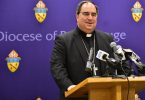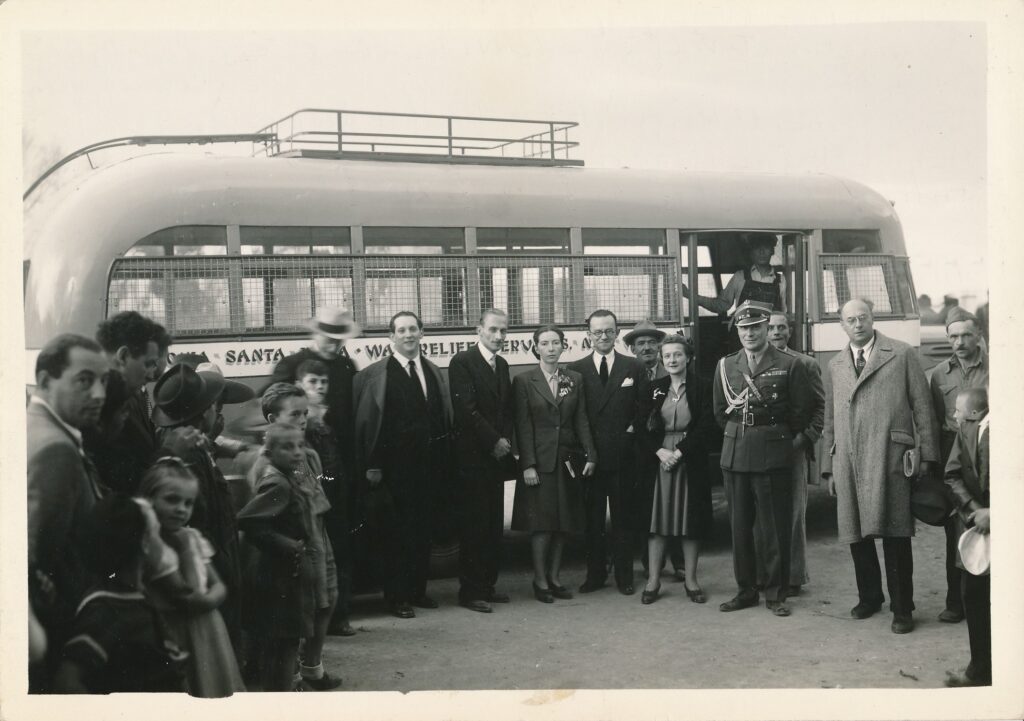
by Anna Capizzi Galvez
“Welcoming the stranger” — a principle with biblical roots — is where the Catholic Church bases its teaching on refugees.
“For I was hungry and you gave me food, I was thirsty and you gave me drink, a stranger and you welcomed me,” Matthew’s Gospel states.
That principle concerning human dignity has motivated Catholic News Service since its earliest days to prioritize its coverage of people suffering due to war, violence and conflict.
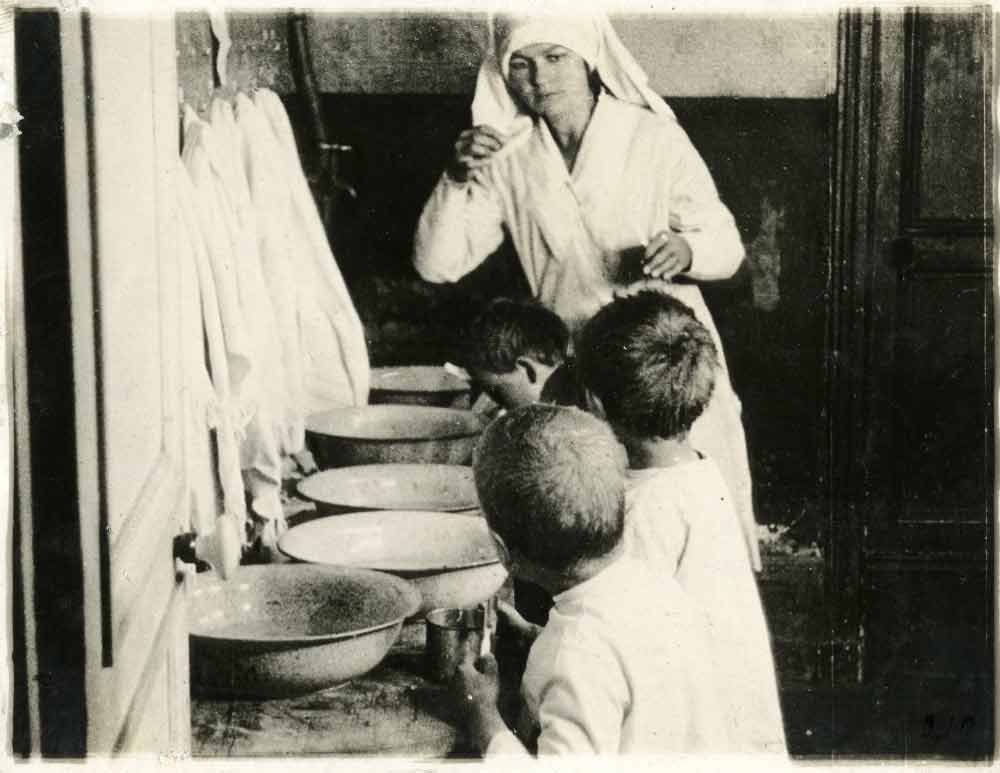
A comparison of CNS’ first decade, the 1920s, with its most recent decade shows that the goal of creating awareness about the situation of refugees has remained constant.
Following World War I, the U.S. Catholic bishops through their National Catholic Welfare Council could collectively work for and vocalize their concerns on issues such as fair wages, health insurance and education.
The council, late renamed “conference,” was the the precursor to today’s U.S. Conference of Catholic Bishops.
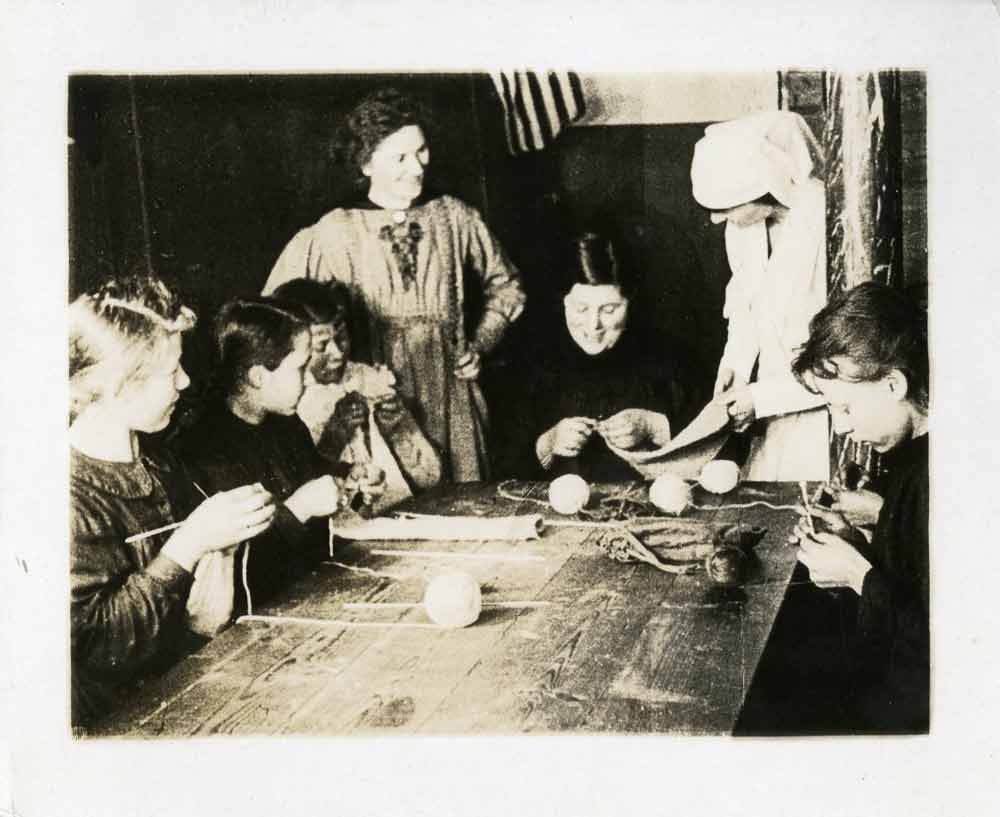
CNS, then called NCWC News Service, helped communicate the bishops’ message about faith and social justice to not only the federal government but to ordinary Catholics through a wire service to diocesan papers.
Covering the situation of refugees globally and nationally was a top priority for the news service.
The online Catholic News Archive at https://thecatholicnewsarchive.org is a database of Catholic papers dating back to the 1830s. It holds more than 300 NCWC stories about refugees in the 1920s.
Early stories reported Catholic involvement in resettling and supporting refugees from World War I. In January 1921, a Chicago correspondent wrote that 350 Polish refugee children had been brought from Siberia to a local industrial school through the direction of the archbishop.
A national committee, the correspondent added, “has undertaken to trace and to keep in touch with relatives of these children, so that when conditions are proper, they may be returned to help rebuild up the Polish nation.”
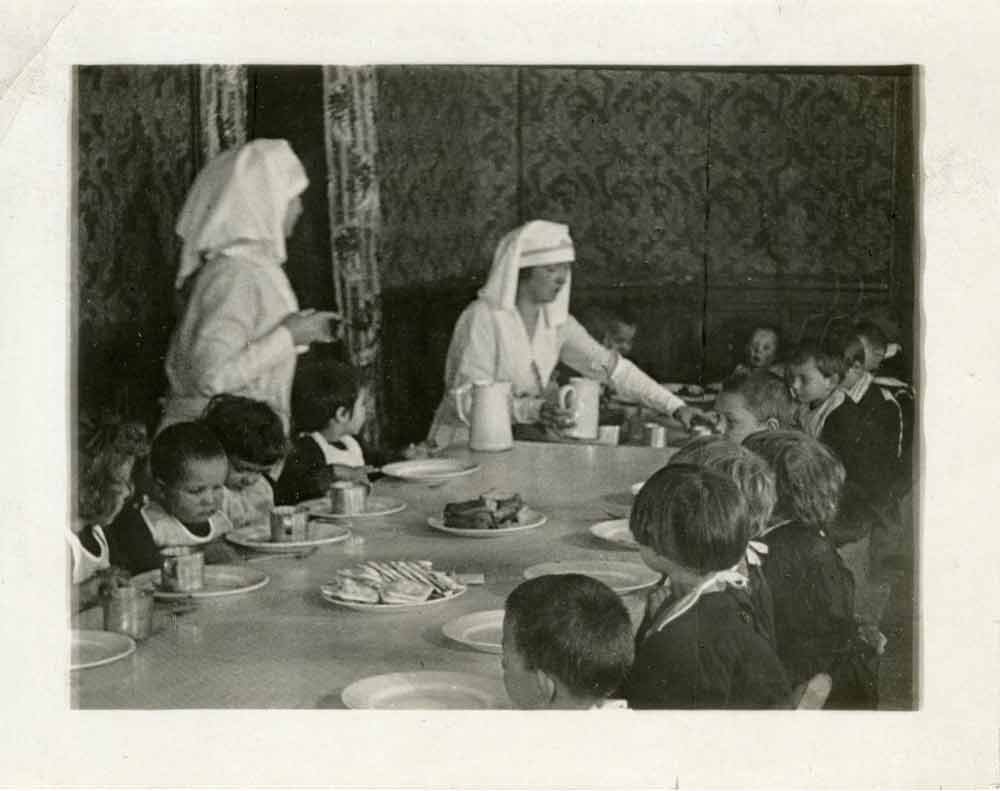
NCWC News also gave attention to the genocide in Asia Minor carried out by the Ottoman Empire. “Refugee nun of Smyrna writes of her experience,” is the headline given to a letter dated Sept. 22, 1922, by Sister Marie-Emmanuel narrating her flight from the then-Greek city of Smyrna, which was “being destroyed by the explosion of incendiary bombs.”
From 1926 to 1929, the majority of refugee stories looked to Mexico, where an ongoing battle between Catholics known as “Cristeros” and the anti-clerical government under President Plutarco Elías Calles had caused a mass exodus to the U.S.
A June 6, 1927, story describes the destruction by Calles’ military in the city of Guadalajara.
“At least 30,000 men, women and children in the state of Jalisco . . . have been thrust from their humble homes in the last fortnight and today are refugees without food,” the lead begins.
Other stories recount how Mexican clergy endured terrible conditions to escape persecution.
“Priests arriving in New York were shipped with pigs,” reveals a March 11, 1926, headline. “Bearing tales of harsh and summary treatment at the hands of their oppressors . . . the first Catholic clergy to reach this city after expulsion from Mexico arrived,” the story opens.
Coverage in those early years required tremendous effort, said Katherine Nuss, the USCCB’s archivist.
“We take for granted now but the communication would have been just so much more of a struggle to get news stories and the timing, how long it would take to get things, how dangerous it was for people to write” from certain areas, she said.
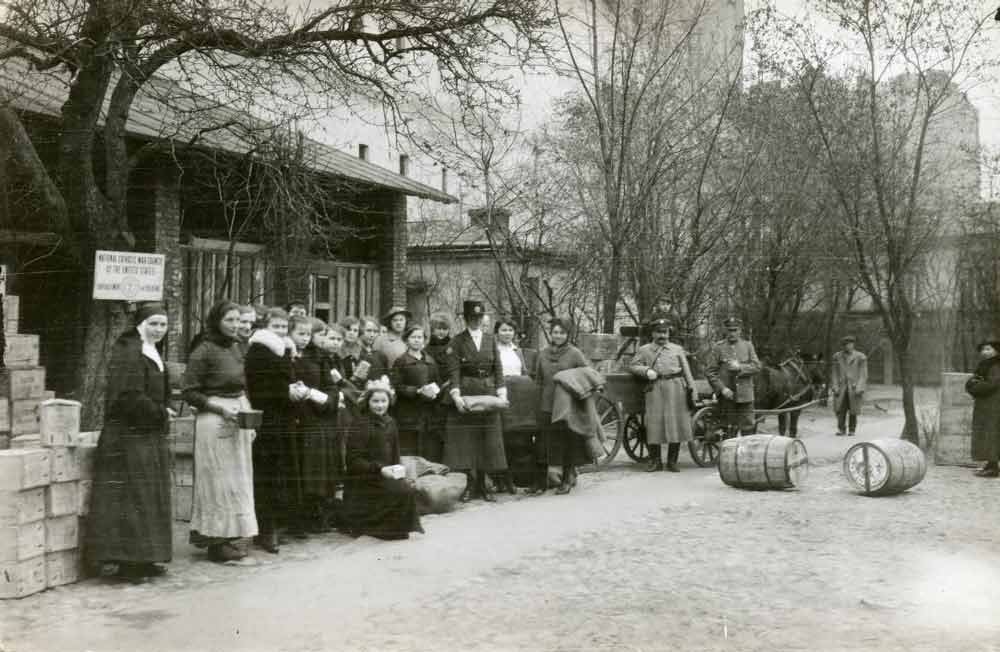
More than a century later, advances in technology and media have opened new avenues for telling the stories of refugees.
CNS international editor Barb Fraze said that in the past 10 years, communication on social media has generated story ideas and connections.
“A lot of information on refugees is actually passed through Facebook,” Fraze said. “Not necessarily to cover, but that is one way to monitor” what is happening locally in different countries, she added.
In 2014 while in Amman, Jordan, Fraze saw churches posting on their Facebook pages messages to refugees: “We will welcome you here.” And so refugees came, as did CNS correspondents.
Technology also helps with timeliness and the output of stories.
“During the ISIS crisis, we were doing two, three, four stories a week that summer,” Fraze said, referring to 2014 when the Islamic State group took control of large areas of Iraq and Syria, killing hundreds and forcing minorities like Christians and Yazidis to flee.
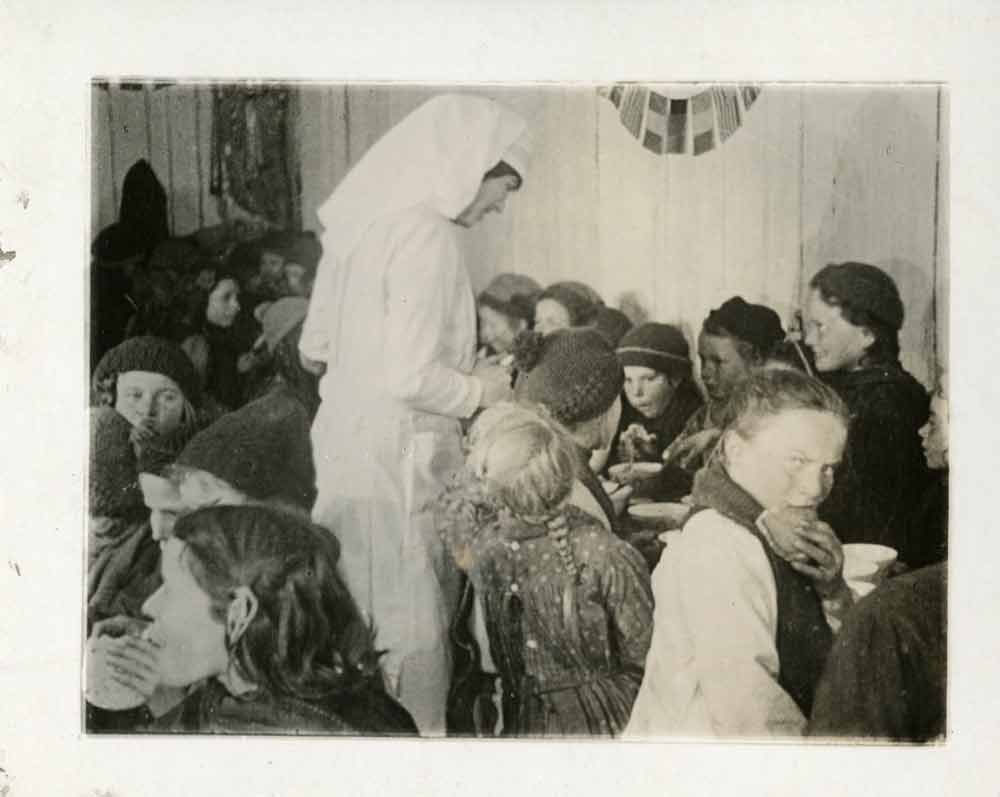
But greater accessibility to stories online can complicate reporting. Some refugees ask not to be photographed or named, Fraze said.
“Sometimes the refugees are fearful for their families that have remained in the country. And that’s one challenge. Another would be fear of being sent back depending on where they are,” Fraze explained.
The United Nations refugee agency reported that number of refugees, meaning those “forced to flee their country because of conflict, war or persecution,” reached 26.3 million worldwide by mid-2020.

“Refugees are a big part of the story right now,” Fraze said. And “the Catholic Church is a huge player in refugee resettlement around the world and in aiding refugees,” she said.
But what helps convey the issue to readers is putting human faces on the stories and not just citing statistics, Fraze said.
One hundred years later, CNS’ commitment toward informing readers by giving a voice to refugees has endured. What is left to the readers is to decide how to put their faith to action and “welcome the stranger.”


